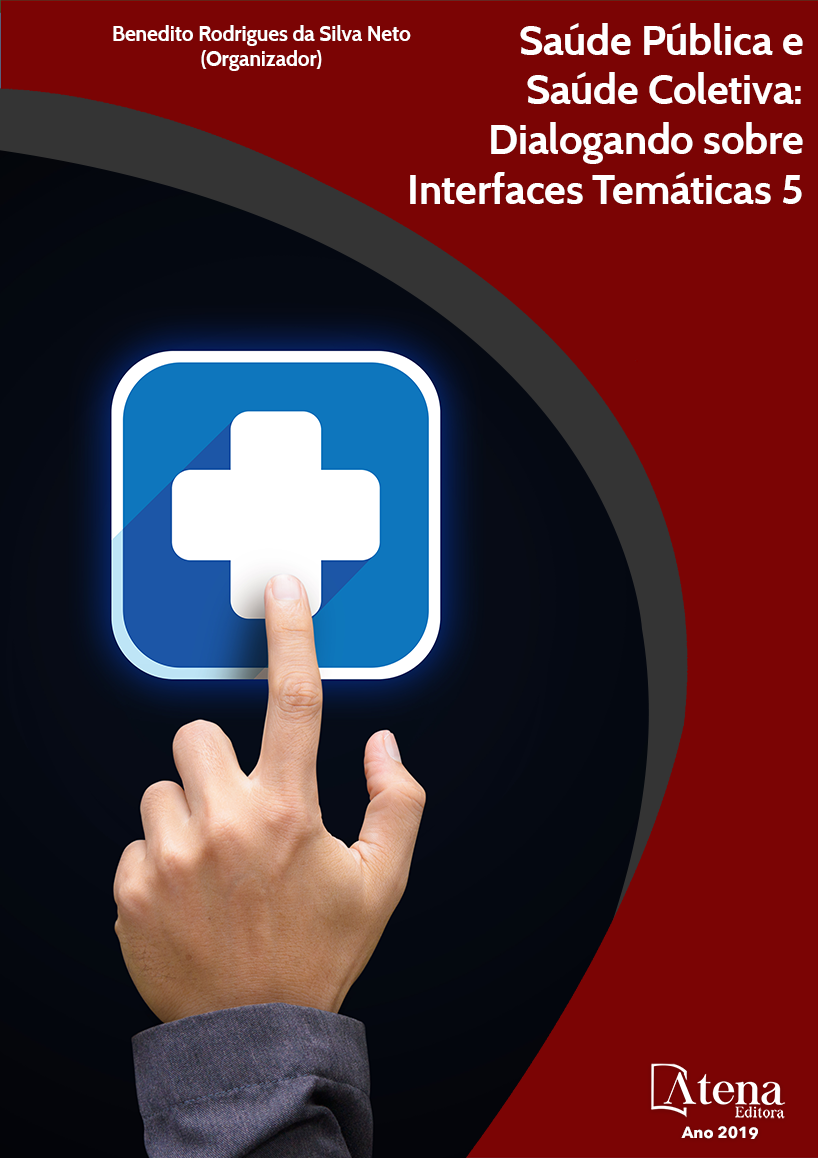
Abordagem interativa e integrativa sobre qualidade de vida de idosos em uma instituição de longa permanência: WHOQOL-BREF, WHOQOL-OLD e a percepção pessoal do interno.
O presente estudo teve como objetivo
avaliar a qualidade vida (QV) de nove idosos
institucionalizados em um asilo do município
de Quirinópolis-GO, por meio dos questionários
WHOQOL-BREF, WHOQOL-OLD e com o
auxílio de um questionário complementar. No
questionário WHOQOL-BREF a média de QV
foi de 64,7%, sendo o domínio Físico o mais
baixo (51,8%). Os domínios Psicológico e Social
apresentaram maiores médias: 75% e 79,2%,
respectivamente. No questionário WHOQOLOLD,
a média de QV foi de 66,8%, sendo os
domínios Funcionamento do Sensório e Morte
e Morrer os mais baixos, ambos com 57,8%. As
respostas obtidas no questionário complementar
foram correlacionadas à porcentagem de QV
obtida, havendo discordância entre os dois.
Portanto, deve-se considerar que a aplicação
dos questionários deve ser complementada
pela obtenção de informação de âmbito pessoal
dos internos, no que diz respeito à percepção
pessoal do idoso, particularidades da instituição
e a própria vida do interno. Para tanto, uma
avaliação qualitativa, de longa duração e que
preconize a interação dos pesquisadores ao
convívio do idoso e da instituição faz-se de
grande valia. Com esta abordagem, concluímos
que enfermidades fisiológicas, convívio familiar
e vulnerabilidade social foram os preditivos mais
importantes que influenciaram na qualidade de
vida dos idosos. Com tal percepção, medidas
de melhoria na qualidade de vida destes idosos
podem ser envidados de forma mais precisa e
eficiente.
Abordagem interativa e integrativa sobre qualidade de vida de idosos em uma instituição de longa permanência: WHOQOL-BREF, WHOQOL-OLD e a percepção pessoal do interno.
-
DOI: 10.22533/at.ed.9901902093
-
Palavras-chave: Abrigo de idosos. Bemestar. Saúde. Envelhecimento.
-
Keywords: Shelter for the elderly. Wellness. Health. Aging.
-
Abstract:
We aim to evaluate the quality
of life (QoL) of nine institutionalized elderly
people in an asylum in the city of Quirinópolis-
GO, using the WHOQOL-BREF, WHOQOLOLD
questionnaires and with a complementary
questionnaire. In the WHOQOL-BREF
questionnaire the mean QoL was 64.7%, and
the Physical domain was the lowest with 51.8%.
The Psychological and Social domains showed
higher averages - 75% and 79.2%, respectively.
In the WHOQOL-OLD questionnaire the mean
QoL was 66.8%, with the functioning of the
Sensory and Death and Dying domains being
the lowest, both with 57.8%. The answers
obtained in the supplementary questionnaire
were correlated to the percentage of QoL obtained, with disagreement between both.
Therefore, it should be considered that the application of the questionnaires should
be complemented by obtaining personal information from the inmates, regarding the
personal perception of the elderly, particularities of the institution and the life history of
the elderly. Therefore, a long-term qualitative evaluation that favors the interaction of
the researchers with the elderly and the institution is of great value. With this approach,
we conclude that physiological diseases, family integration and social vulnerability are
important predictors that have influenced the QoL of the elderly. With this perception,
measures of improvement in the QoL of these elderlies can be carried out in a more
precise and efficient way.
-
Número de páginas: 15
- Naralaine Marques Gonçalves
- Lourenço Faria Costa


